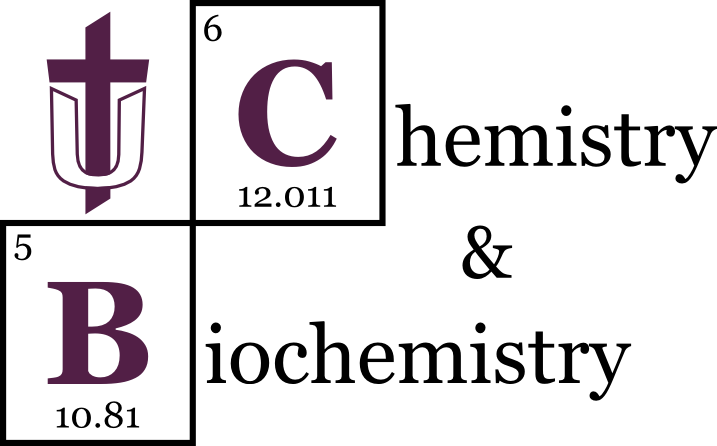Title
Monitoring CO2 Fixation Using GC−MS Detection of a 13C-Label
Publication Title
Journal of Chemical Education
Abstract
Much of our understanding of metabolic pathways has resulted from the use of chemical and isotopic labels. In this experiment, a heavy isotope of carbon, 13C, is used to label the product of the well-known RuBisCO enzymatic reaction. This is a key reaction in photosynthesis that converts inorganic carbon to organic carbon; a process called carbon fixation. The enzyme ribulose-1,5-bisphosphate carboxylase, RuBisCO, catalyzes the addition of CO2 (as bicarbonate) to ribulose-1,5-bisphosphate to form two 3-phosphoglycerate molecules. The laboratory consists of six steps: (i) enzymatically synthesize 3-phosphoglycerate with and without the 13C-label usingthe RuBisCO reaction, (ii) dephosphorylate the 3-phosphoglycerate using the alkaline phosphatase enzyme reaction, (iii) “clean-up” the product using solid-phase extraction, (iv) silylate the glycerate to allow separation via gas chromatography, (v) run gas chromatography−mass spectrometry analysis of the product, and (vi) analyze the data. We typically allow two laboratory periods for this experiment and students work in pairs. This laboratory project exposes students to a number of important concepts and techniques including isotopic labeling, solid-phase extraction, silylation, gas chromatography, mass spectrometry, and the interpretation of mass spectra.
Publication Date
2010
Page Range
1380-1383
Document Type
Published Article
DOI
10.1021/ed100075a
Recommended Citation
For this content, please create a citation using the original publication information.




